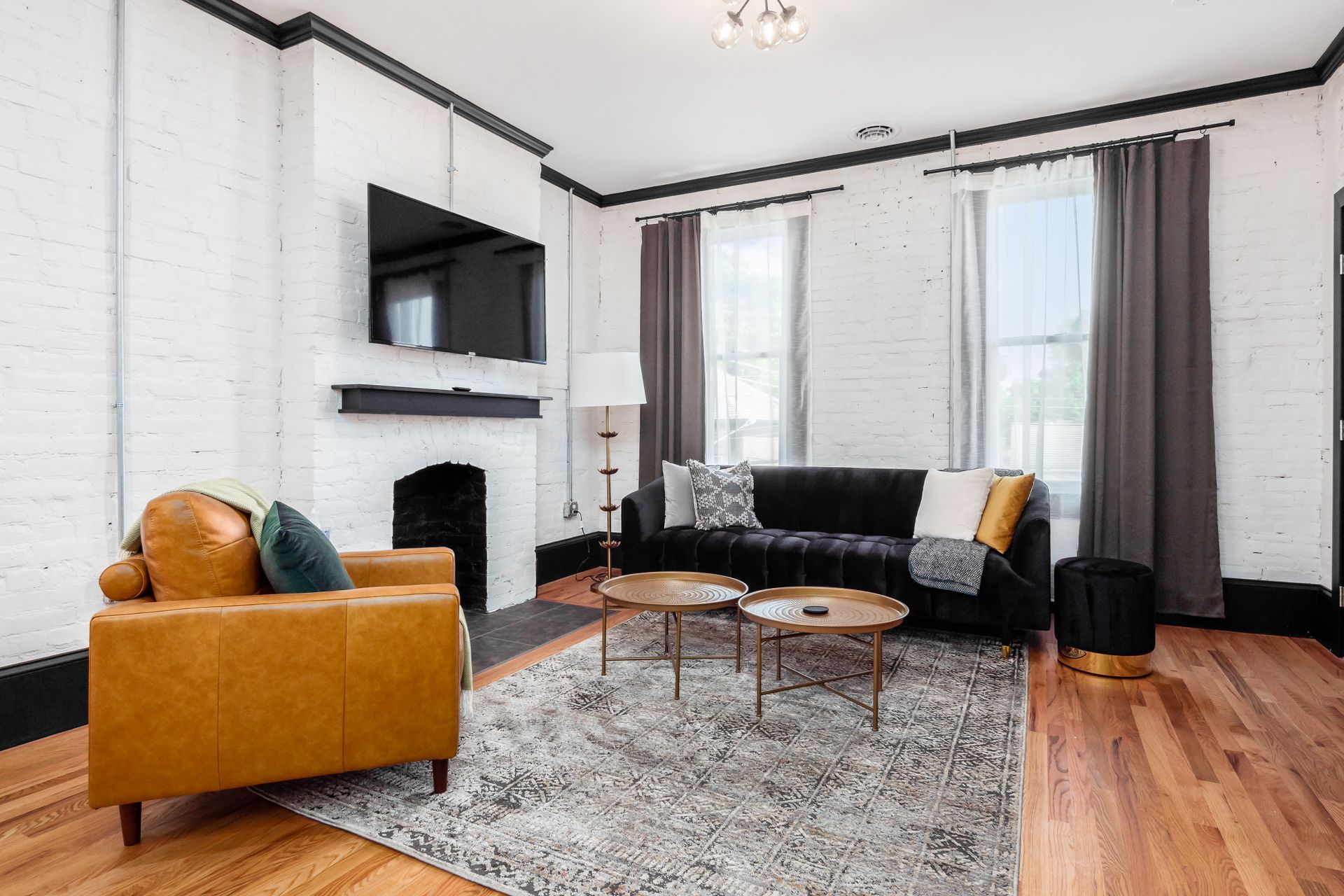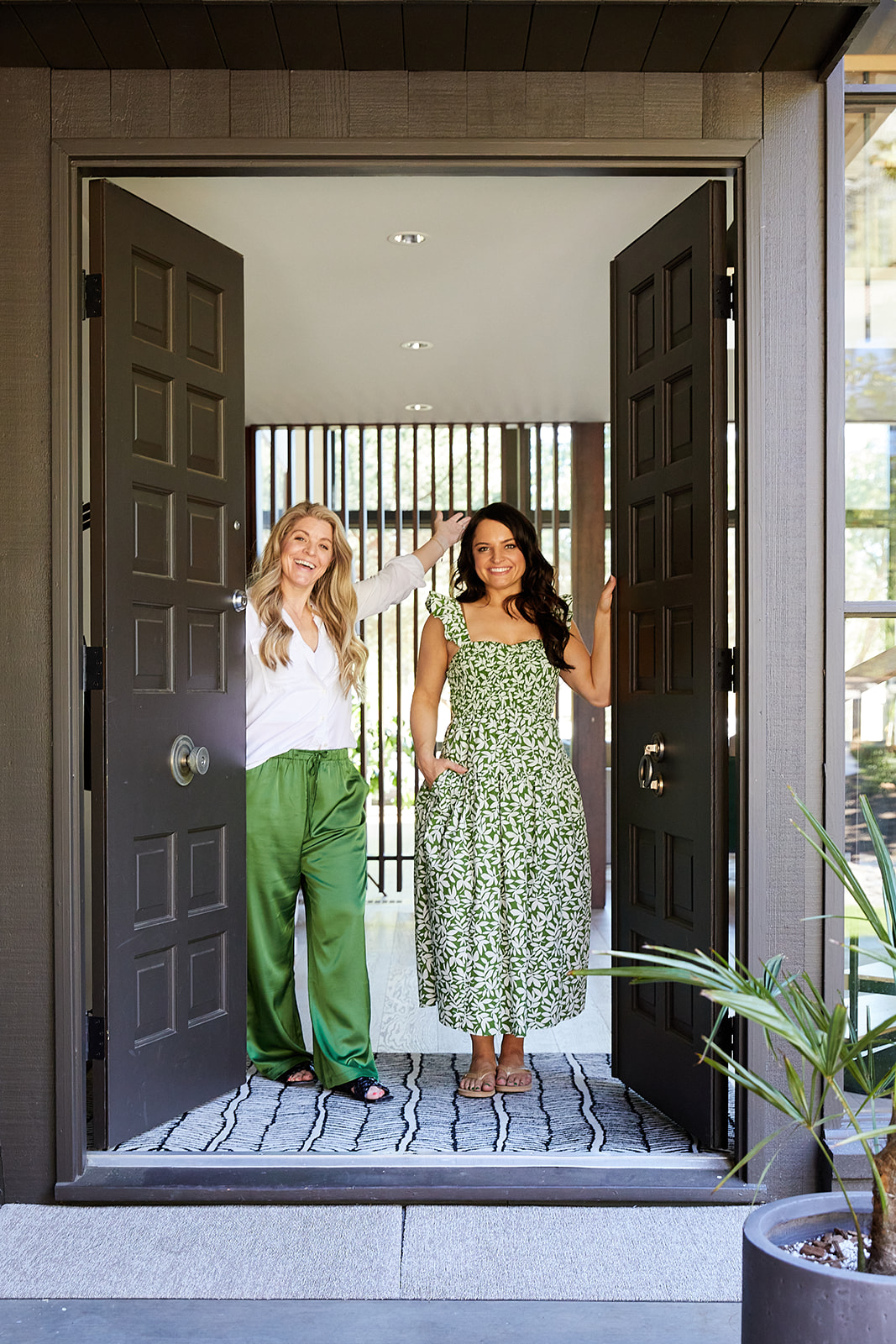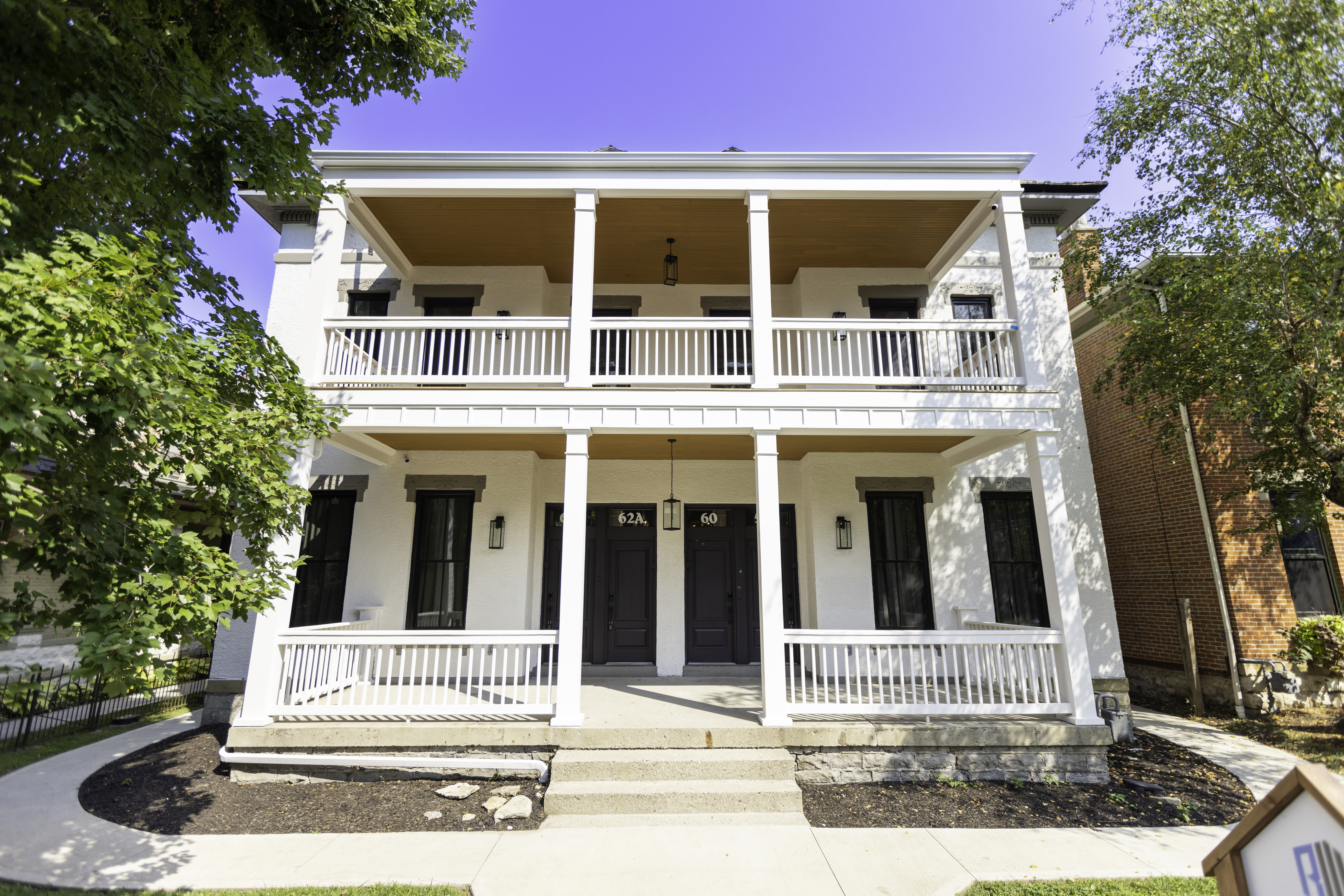
How Can Airbnb Metrics Increase Profits?
Feeling lost when trying to improve your Airbnb performance? Many hosts overlook the critical Airbnb analytics metrics that are available to them, leading to missed opportunities for maximizing bookings and profits. Let’s look closer at Airbnb analytics metrics to make understanding the data easier.
It’s common to focus on daily operations. However, understanding Airbnb data is essential for measuring your business’s health, similar to tracking customer interactions in any retail setting. We will examine the specific reports that highlight effective hosting strategies.
We’ve rounded up all of our Airbnb Hosting Must-Haves right here in our Amazon Store. Click here to grab everything you need to curate your property and start earning 5-star reviews.

Understanding Your Airbnb Performance Dashboard
- Understanding Your Airbnb Performance Dashboard
- Using a Tracking Sheet With Your Airbnb Analytics Metrics
- Conclusion
Understanding Your Airbnb Performance Dashboard
The performance dashboard within your Airbnb account offers valuable insights that can significantly enhance your bookings and income. A host we trained was unaware of these comprehensive reporting features, that professional hosts commonly use. Once we reviewed it, they saw improved metrics.
Navigate to Account Settings and locate “Professional Hosting Tools.” Enabling this feature unlocks advanced metrics within your account. This tool is beneficial regardless of the number of properties you manage. The Performance Dashboard provides additional reports, such as First Page Search Impressions.
First Page Search Impressions
First Page Search Impressions indicate your property’s visibility in searches. When guests search, your property might be included in the search results. This metric measures how often your property appears on the first page of these search results.
Increased visibility is desirable, but Airbnb uses an algorithm to determine placement. Similar to companies like Google and Meta, this algorithm can adjust multiple times daily. Understanding analytics metrics can improve your ranking.
How can you monitor and enhance this metric? Benchmark against your previous performance. If your past 30-day average was 40%, aim to increase it to, say, 48%.
Improvements might not immediately boost views, particularly if transitioning from a high season to a slower one. Striving for a rate between 40% and 60% is generally considered beneficial for host placement.
Strategies to enhance this include:
- Open Dates On The Calendar: Greater availability is advantageous.
- Reviews: Consistently achieve 5-star ratings for optimal outcomes.
- Update the initial photos to better resonate with viewers.
- Regularly review amenities to stay competitive.
- Verify your listing’s visibility in search filters, such as “Pet Friendly” and “Instant Book.”
- Competitive Rates are essential.
Search to Listing Conversion Rate
Once your property is ranked and potentially reaches the first page, the click rate indicates how frequently guests choose your property over others. Did they select your listing among many? Hosts often refer to this as the “Click Rate,” ideally ranging from 20% to 40%, although this can vary significantly.
It showcases your presentation. Performance on Airbnb is influenced more by this display than by reviews. Ratings and their total numbers give potential guests a great idea of what kind of hosts you are. Here’s some other tips:
- Titles can greatly impact its performance. The length of the titles, especially if they’re not very long, can be a factor.
- Reviews of your listing greatly matter here too.
- Consider all labels such as “Super Host”. This gives guests additional reasons to select your listing.
- Competitive rates are very important to help drive interest and click rates.
- Showcase quality photos to distinguish your property from others.
- The Location information displays prominently, use it for improved results.
Like other platforms, Airbnb’s display varies between mobile and desktop. Compare your presentation against high-performing competitors in your market. From our experience with running Airbnb ads, we believe labels like “Guest Favorite” greatly enhance performance, even more so than “Super Host” status.
Listing to Booking Conversion Rate
The listing-to-booking conversion rate indicates the percentage of visitors to your full listing page who book your property. It’s normal for these numbers to decrease as you move through the funnel. From broad initial interest to smaller, focused groups, your rate might be as low as 1% or up to 5% for high-performing Airbnbs.
It is useful to analyze obstacles at this stage, from booking procedures to the presentation of amenities. Visitors on your full property page are at their peak interest level.
Factors contributing to booking losses may involve:
- Fees that were not immediately apparent.
- The requirement for pre-approval.
- Elevated costs for additional guests on top of high existing pricing.
- Poorly structured layouts.
- Inaccurate or too few photos.
- Requiring lengthy discussions when a quicker approval would improve the experience.
Extra conversations typically do not favor the host. Evaluate beyond “basic” features, like rates, terms of service, reviews, and length of a stay. Offering too few or too many nights can influence overall costs.
Overall Conversion Rate
The overall conversion rate on Airbnb indicates how visitors transition to bookings. Include data from overall performance from Impression numbers to the Listing Conversion Rate and beyond to follow progress. This rate typically ranges from 0.25% to 0.50%.
Top performers may reach 2%. We observe frequent updates to these metrics on platforms like Google and Meta; Airbnb also adjusts its listing presentations. Here is an easy to view table of conversion rate data.
| Metric | How To Calculate | Goal Percentage |
|---|---|---|
| First Page Search Impressions | Times Listing Showed up Versus On the First Page of Search Results | 40% to 60% |
| Search To Listing Conversion Rate | How Often People Clicked On Your Listing After Search | 20% to 40% |
| Listing To Booking Conversion Rate | Visitors Who Booked After Looking At Your Listing Page | 1% to 5% |
| Overall Conversion Rate | Visitors Who Viewed the Listing, Then Booked | 0.25% to 0.50% |
Review these metrics to understand the guest experience. Identify the best opportunities for enhancement. Acting on your Airbnb metrics really helps.

Using a Tracking Sheet With Your Airbnb Analytics Metrics
Tracking progress with a spreadsheet can help hosts visualize performance trends. Whether bookings decrease unexpectedly or rates drop, tracking sheets reflect these changes. A tracking sheet can help you keep your Airbnb listing performing as well as possible.
Airbnb provides basic tracking tools accessible to all users. It becomes easier once you focus on improving key areas of your listing and presentation. Many tracking options do not require added costs, making them valuable whether used online or for historical insights. You can do market analysis to keep track of many performance metrics.
Many listings we’ve consulted on overlook simple, crucial adjustments. Properly articulating the experience in the title, or setting rates appropriately, can significantly affect bookings. There are many professional hosting tools to use for review data. Ignoring these can cause a decline in income.
Know Your Numbers
Successful business owners don’t guess—they know their numbers. Understanding key metrics like occupancy rates, average nightly rates, and profit margins allows you to make informed decisions that drive growth and stability. Without tracking your numbers, you could be leaving money on the table or making choices that hurt your bottom line. Whether you’re setting pricing, planning expenses, or scaling your rental business, having a clear financial picture is non-negotiable. That’s why we created the FREE Know Your Numbers Guide—so you can confidently track and optimize your STR business. Grab your copy here: Know Your Numbers Guide.
Metrics Overview
Airbnb analytics metrics are available to all owners, provided the “Pro Host” setting is enabled. Those not using available data risk operating blindly. Hosts who do not review the information are missing chances at revenue or bookings. Be sure to track all relevant performance data to make your Airbnb more profitable.
Studying conversion metrics and occupancy rates allows for more strategic hosting. It gives you a competitive advantage. Using additional data from booking software, such as short-term rental management systems, can also enhance your strategy.
Calling All Hosts: The Hosting Handbook
If you loved this post we invite you to check out our one-stop-shop solution for hosts everywhere —the Hosting Handbook! While you can download all the easy to consume, step-by-step tips we use in our own hosting business and create the ultimate “book” the Hosting Handbook is so much more than that! If you’ve consumed or content for years (or just met us!) this is the reference guide for all the amazing and tactical tips we have for running a profitable and, more importantly hospitable, short-term rental. How do we price for pets? How do we fold our towels? What sheets do we buy? How do I purchase a short-term rental? All these questions (and more!) can be answered in the Hosting Handbook! Check it out now!
Happy Hosting!



show comments
HIDE comments